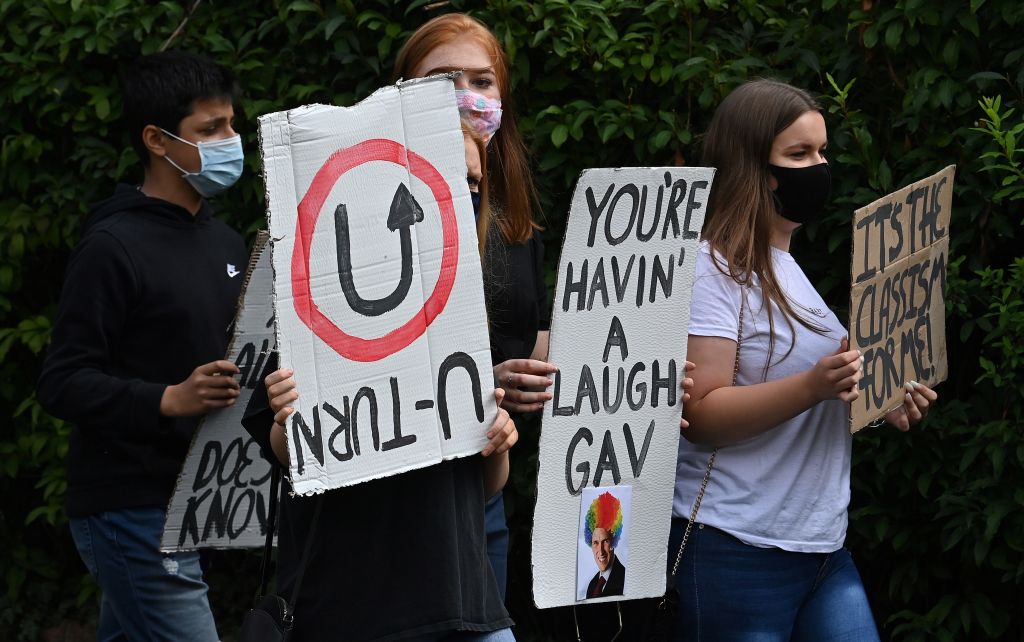Gavin Williamson’s A-level U-turn may have quietened the protestors but it has only added to the confusion. The education secretary’s change of heart to allow students their teacher predicted grades, rather than those generated by an algorithm, means there could be an extra 60,000 students now entitled to a place at their first-choice university – and universities could be contractually obliged to accept them. But will there be enough places?
When pupils originally received their results on 13 August, universities (not assuming a government U-turn was on the cards) started sorting through the offers they had made to students, accepting and rejecting some, and offering new places to others.
But only four days later, the U-turn happened and pupils were able to receive their unmoderated teacher predicted grades, without influence from the infamous algorithm.
The result has been chaos in university admissions offices
The shift in grades this has produced is unprecedented, with an average increase of 1.3 grades across three A-levels. This is over thirty times larger than the typical annual movement over the last decade. The result has been chaos in university admissions offices.
Of the 60,000 students who were originally rejected from their first-choice offer for not reaching their grades but who may have now met the requirements, around 40,000 have already found a new option before the U-turn was announced, either through the clearing process or at their insurance (second) choice, according to dataHE. The U-turn in Scotland is likely to have had similar effects, but the timing of their data releases precludes making these types of estimates. So what will these students do? Opt for their second choices or go back to UCAS and demand a place at their first-choice university?
For universities that filled their courses in the days after the initial results were announced, the U-turn could mean further trouble now that many of these people will be looking elsewhere and won’t take up courses they accepted only a few days ago.
Typically universities give a conditional offer to students – where grades are specified for entry – and students accept the offer: a contract is then made between the student and their chosen university or college, which they are reminded of in their UCAS application. When a student meets the conditional offer requirements – receiving the grades specified by the university – students are then entitled to a place. Anyone who doesn’t get the grades needed for their first-choice offer then begins looking elsewhere, either taking their second choice or looking through clearing.
But during the Covid exam crisis, many students’ results have changed from the time their offers were originally accepted or rejected. Students have been sorting out their places, based on the wrong results; and universities have been giving out offers or rejecting, based on the wrong results.
The question now is whether universities are able to honour their offers and handle this surprise increase of highly-qualified students, despite the lack of government help.
To complicate matters further, it’s worth asking how universities will cope in an age of social distancing when it comes to packed classes. Just because the government cap on student numbers has been lifted and an extra 60,000 students could have met their first-choice offer, doesn’t mean all universities will be able to take them on, even if they want to. Instead, for many students, a deferred place now awaits – meaning a gap year (or possibly two) with little prospect of backpacking around the world or finding a job.
While universities have the final say over offers for now, it seems inevitable that some students will be taking legal action to try and force universities to honour the offers and contracts they made. It will be a long time before the A level mess is resolved.






Comments